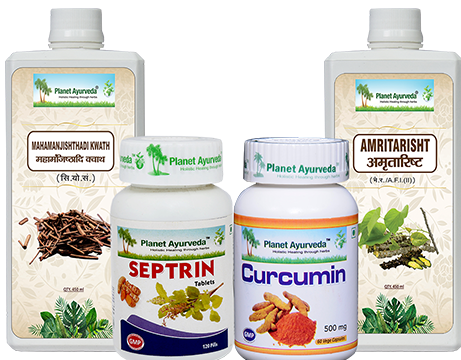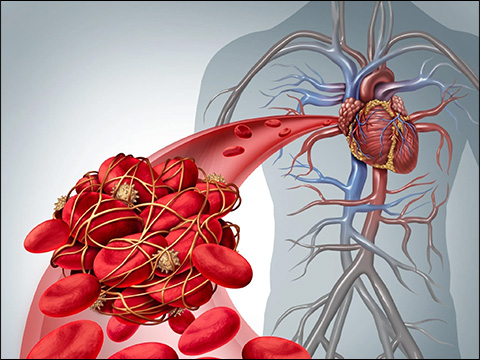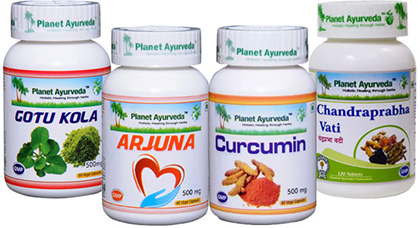What Is Hand, Foot, And Mouth Disease?- Is It Manageable?
Abstract
Infections are very common health issues as the spread rate of infections is very high. As the infection-causing agents spreads through the contamination of air, water and soil as well. Infection occurs when an infection-causing agent enters the body via any route. The source may be any surface like skin, doors, mats, etc, the other thing is transmission via which infection causes agent transfer from one thing to the other, especially transmission occurs from living things. The infection may sometimes lead to a very big health concern so it is must to manage it in the initial stage. In this stage we are going to discuss one such infection that is known as Hand, Foot and Mouth disease. Below we will discuss all about this disease along with its Ayurvedic management.
INTRODUCTION
Hand, Foot and Mouth disease (HFMD) is considered as a very common infection among children that leads to sore formation known as ulceration. This viral infection occurs during the summers. Among all the strains A 16 strain of Coxsackievirus causes this infection among all the strains. In this condition the sores occur inside the mouth and on hands and feet. It is a kind of contagious infection that is caused by a virus named the coxsackie virus. Among all the strains A 16 strain of Coxsackievirus causes this infection among all the strains. This condition is generally mild and can remain for several days. This virus spreads from one another via direct contact with infected hands and surfaces that are contaminated with faeces. This condition can occur at any age but commonly under the age of 5 years. Further we will discuss more about this infection in detail.

CAUSES OF HAND, FOOT AND MOUTH DISEASE
As we read earlier it is coxsackievirus which is one of the viruses of group enterovirus. As viruses can spread easily from one person to the other, the following are the ways by which someone can be affected by this infection:
- Saliva
- Faeces
- Fluid from blisters
- Respiratory droplets via coughing and sneezing
- Direct spread through unwashed surfaces and hands
The above mentioned are some of the ways by which this infection can spread. Now let’s talk about who is at the risk of developing this infection. So the answer is young children. The risk of an infection developing in young children usually occurs while they go to daycare or the school premises. If once a child suffers from this infection then an immunity develops in the child so after that the one may not get the infection again. So the chance of developing this condition decreases in children more than 10 years. But if the immune system weakens then this virus may affect older children and adults too.
SYMPTOMS OF HAND, FOOT AND MOUTH DISEASE
When the infection occurs the symptoms develop after 3-6 days. This is the incubation period for Hand, Foot and Mouth infections. Following symptoms are usually experienced by the infected person:
- Red blisters in the mouth
- Rash on hands and foot soles
- Decreased appetite
- Fever
- Sore throat
- Irritability
- Headache
- Malaise
- Drooling
The first symptom of this infection is fever and the sores and blisters will appear after 1-2 days as the fever arrives. The rashes first look like red flat spots that are hardly visualised on the dark skin tone. In the case of dark skin, these posts can be seen on the soles of hands and feet. After this, the lesions can be seen on the surfaces of hands and feet that are easy to identify. Mostly painful blisters occur in the mouth and it is a must to check the throat, tongue and sides of the mouth too.
DIAGNOSIS OF HAND, FOOT AND MOUTH DISEASE
Usually, this infection can be examined via performing a physical examination. The Doctor will check the whole mouth from the outside and inside for blisters. If these seem to be positive for this infection then the Doctor will ask questions about the other symptoms like fever, malaise, sore throat, etc. For clearing the diagnosis the doctor may collect a stool sample and a throat swab, which will confirm the presence of the virus in the body.
AYURVEDIC VIEW OF HAND, FOOT AND MOUTH DISEASE
There is no direct correlation of this condition that has been mentioned in the classical texts. But this doesn’t mean that such symptoms can not be diagnosed in ancient times. There are eight branches of Ayurveda among which one is Graha chikitsa. Graha chikitsa includes the treatment of such diseases that are caused by invisible entities like viruses, bacterias, fungi and many others. These all are known as Grahas that generally affects the children most and the chikitsa for children is taken under Bala Graha. The correlation of Hand, Foot and Mouth disease is considered under the Shakuni Graha. As per Ayurveda to alleviate this condition it is necessary to increase the immunity of the patient and to eliminate the virus from the body. For this purpose let’s see the formulations provided by Planet Ayurveda.
HERBAL REMEDIES BY PLANET AYURVEDA FOR HAND, FOOT AND MOUTH DISEASE
Planet Ayurveda is an ISO and GMP certified company which formulated its own herbal and herbo-mineral remedies. These remedies are formulated under the strict observance of M.D. Ayurveda practitioners. The formulations are free from any kind of added synthetic materials and preservatives and things like fibres, resins, gums, colours, etc. The purpose of Planet Ayurveda is to deal with all sorts of diseases and prevent all such diseases. Also these supplements help in promoting and maintaining the overall health of a healthy person so that they will not be susceptible to any kind of disease in future.
- SEPTRIN TABLETS
- CURCUMIN CAPSULES
- AMRITARISHT
- MAHAMANJISHTHADI KWATH

PRODUCT DESCRIPTION
1. SEPTRIN TABLETS
Septrin Tablets by Planet Ayurveda is a poly herbal remedy. This remedy consists of ingredients such as guggul (Commiphora mukul), tulsi (Ocimum sanctum), haldi (Curcuma longa) and various others. All the herbs present in these tablets help in boosting immunity as well as preventing all kinds of infections. It alleviates the symptoms of HFMD such as fever, sore throat, etc by providing immunomodulatory effects.
Dosage: 1 tablet twice daily with plain water after meals.
2. CURCUMIN CAPSULES
Curcumin Capsules is a single herbal formulation prepared by Planet Ayurveda with the standardised extract of curcumin (Curcuma longa). Curcumin possesses the best antioxidant properties and rejuvenating properties. It boosts immunity as well which assists the body to fight against infections. As HFMD is caused by the inflammatory changes in the body by the virus curcumin alleviates the symptoms of this disease by suppressing the inflammatory responses in the body.
Dosage: 1 capsule twice daily with plain water after meals.
3. AMRITARISHT
Amritarisht is a classical Ayurvedic formulation which has been used for many types of fevers since ancient times. This is a syrup formulation and is prepared by Planet Ayurveda under the observance of M.D Ayurveda practitioners. This formulation consists of various ingredients such as giloy (Tinospora cordifolia), patla (Stereospermum suaveolens), agnimanth (Clerodendrum phlomidis) and various others. As fever is the first symptom in HFMD thus this remedy acts as best in alleviating fever.
Dosage: 5 ml twice daily with plain water after meals.
4. MAHAMANJISHTHADI KWATH
Mahamanjishthadi Kwath is a syrup formulation which is prepared by Planet Ayurveda as mentioned in classical texts. This formulation consists of various ingredients such as Manjishtha (Rubia cordifolia), Giloy (Tinospora cordifolia), nagarmotha (Cyperus rotundus) and various others. This syrup formulation helps in cleansing the blood and promotes detoxification. By detoxification it helps in eliminating virus from the body thus assisting the management of HFMD.
Dosage: 1 tsp twice daily with plain water after meals.
CONCLUSION
Hand, Foot and Mouth disease (HFMD) is considered as a very common infection among children that leads to sore formation known as ulceration. It occurs commonly in children and the main cause behind this infection is Coxsackievirus. The symptoms experienced by the affected person are fever, sore throat, malaise, blisters inside and outside the mouth, sores on hands and feet.
As per Ayurveda there is no direct correlation between this disease but it can be taken under Graha chikitsa as shakuni graha. For this Planet Ayurveda provides various remedies that help in alleviating HFMD. These remedies boost immunity and by detoxification assist in the management of this disease. The herbal remedies are free from any kind of added preservatives and synthetic material so there is no side effect of these medications you can give your child without worrying under the advice of Ayurvedic practitioners.




